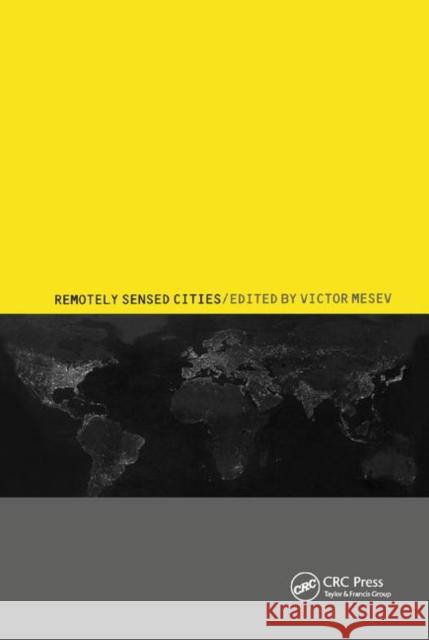Remotely-Sensed Cities » książka
Remotely-Sensed Cities
ISBN-13: 9780367395391 / Angielski / Miękka / 2019 / 433 str.
Remotely-Sensed Cities
ISBN-13: 9780367395391 / Angielski / Miękka / 2019 / 433 str.
(netto: 305,30 VAT: 5%)
Najniższa cena z 30 dni: 302,19
ok. 22 dni roboczych
Dostawa w 2026 r.
Darmowa dostawa!
New urban applications are emerging for remote sensing, in particular with the use of high-resolution data for measuring, monitoring, and analysis. This comes through the use of high spatial resolution imaging, such as for precision mapping of cities; new techniques for population mapping; extracting urban land use features; and through the use of night-time imagery for determining populations and economic activity, particularly on a global scale. Remotely Sensed Cities is designed for upper-level undergraduate and graduate students, along with research scientists and brings together topical work applying remote sensing to the understanding of urban features, their behavior and growth.
Remotely Sensed Cities examines how the world's urban areas can be located, measured, and analyzed using information from airborne and satellite remote sensors, including the use of LIDAR and IKONOS data for precision mapping, DMSP OLS night-time imagery for establishing global distributions of population and economic activity. The author emphasizes techniques for urban feature extraction using wavelet transforms and graph-based structural pattern recognition, along with population mapping using, pixel-based entropy maximization applications models and Bayesian classifications. He covers applications such as links with geodemographics, crime prevention, and more.











